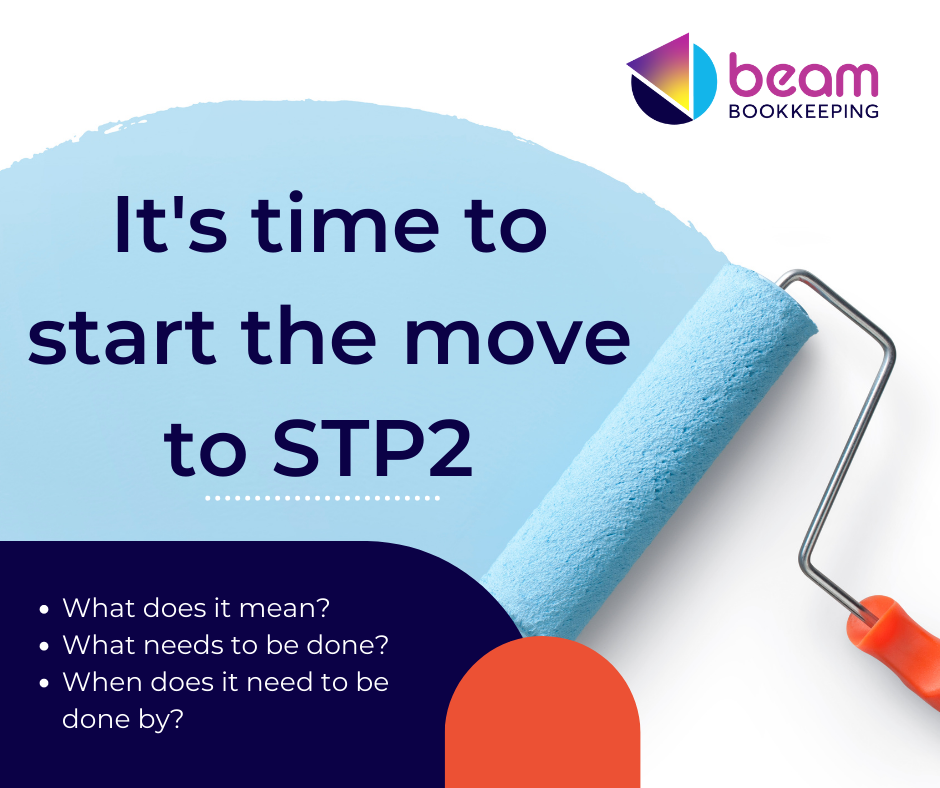
As you know from previous comms STP2 has been on our radar for some time.
We have strategically been holding off on converting clients on advice from our professional body to allow software providers more time to update their software. We have seen others jump the gun only to encounter glitches resulting in a less than seamless experience. We’ve now been advised they are ready and as many glitches as possible have been ironed out.
This is one of the most significant changes affecting payroll setup and processing to hit the deck in many years.
What does it mean?
The Australian Government requires all employers to report additional information through STP each pay period. This information will include details such as an employee’s employment or income type, the exact nature of all amounts paid and the reason for cessation of employment. It will also introduce changes that will reduce reporting requirements across the following areas:
- Tax File Number Declarations – information collected from these will be included in STP reporting and the declaration itself will no longer need to be sent to the ATO.
- Employee Separation Certificates – these will no longer be required as the reason why an employee has left will be provided via STP reporting.
- Lump Sum E payments – previously if an employer made a payment owing from a previous year, a Lump Sum E letter would need to be provided to the employee. This information must now be included in STP reporting, with details of the payment appearing in the employee’s income statement.
- Child Support – businesses will have the option to include child support garnishees and deductions in their STP reporting, reducing the need to provide separate advice to the Child Support Registrar.
What needs to be done?
There are 3 steps to move to STP2:
1. Update employee records to comply with the changes, specifically around employment type, income type, employment basis, tax scales etc.
2. Update earnings pay items:
- Set up any new pay items needed and deconstruct any existing pay items that are required to be split into multiple new pay items.
- Assign ATO reporting categories to existing pay items where possible.
- Update pay templates as a result of changes in a and b above
3. Update leave pay items by assigning a leave category to each active leave pay items
When does it need to be done by?
- For MYOB software users the deadline for compliance is 1st January 2023. We will be in touch with our MYOB payroll service clients shortly to complete this work in December.
- For XERO software users the deadline for compliance is 31st March 2023. We will be in touch with our Xero payroll service clients shortly but will complete this work in January/February.
If you are a current client of ours, as this is not included in our current payroll service you will receive a separate one off engagement/authority request from us to perform your transition to STP2.
Once accepted we will place your conversion to STP2 into our workflow and ensure it’s done by the due date.
If you are not a current client, we can provide this service to you. Please get in contact to discuss options and how we can help.
If you’d prefer to do this yourself, below is some handy information to guide you through this:
- MYOB – Getting ready for STP Phase 2 – MYOB AccountRight – MYOB Help Centre
- Xero – Downloadable guide below
Transition is compulsory.
It can be complex and is critical to do correctly.
If data flowing to the ATO via STP2 is incorrect it will have flow on effects to your employees when they need to deal with various government bodies such as the Taxation Office, Services Australia, Child Support Registrar etc.
We have your back and are here to hold your hand through the transition to STP2.
Recent Beam News:
